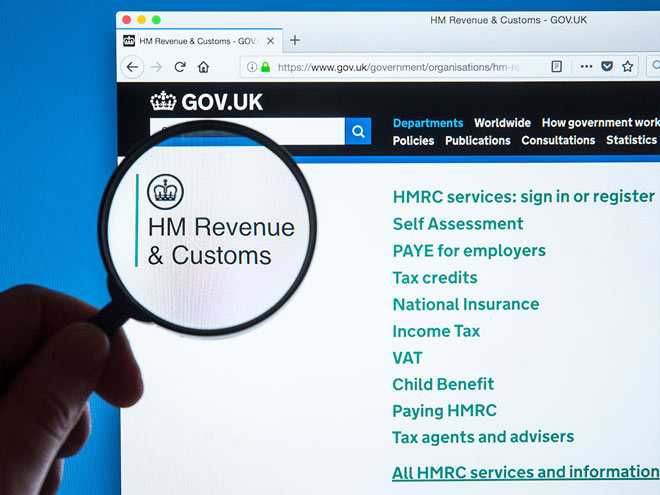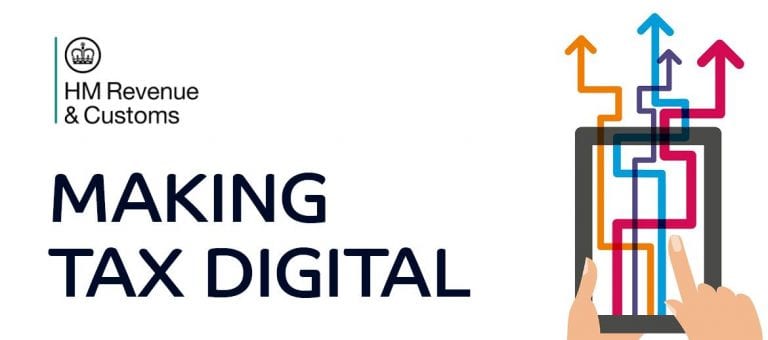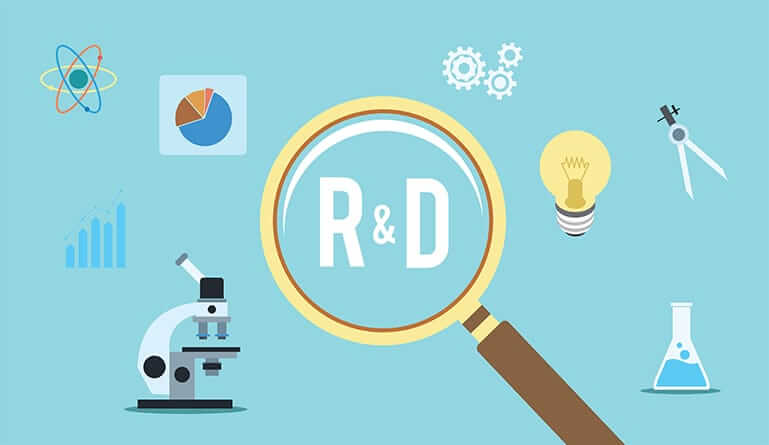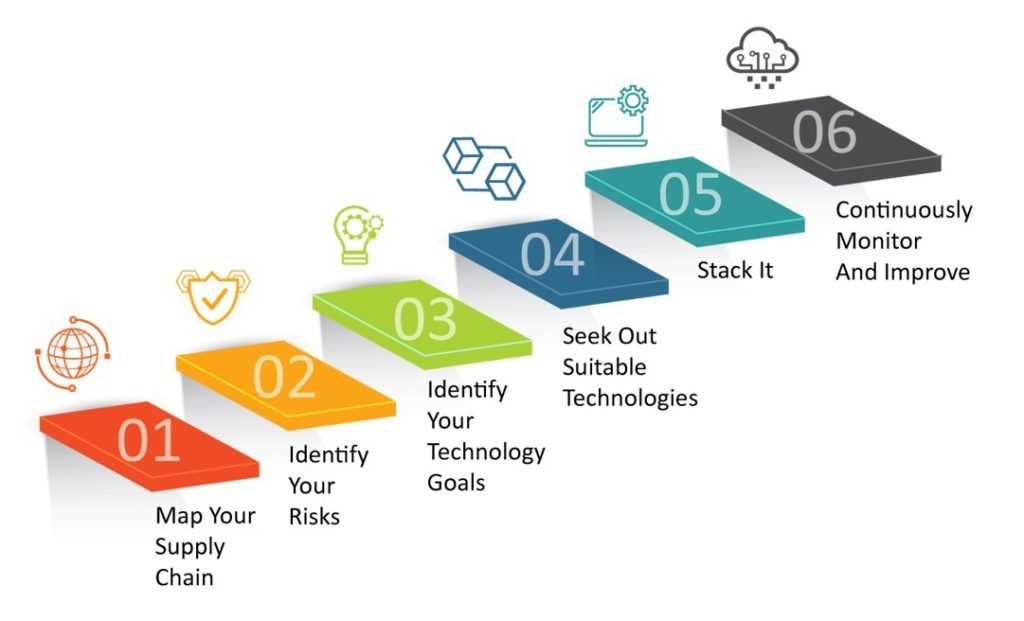Corporation Tax to go digital
Making Tax Digital. It’s at the heart of the government’s vision of a modern, transformed tax administration. With a consultation now running, Making Tax Digital (MTD) for corporation tax is on its way.
MTD: at a glance
For the government, MTD for corporation tax (CT) is about cutting down errors causing a £2.1 billion corporation tax gap. The system turns on three basic principles:
- keeping certain records digitally, using MTD compatible software
- online filing of quarterly income and expenditure updates with HMRC by means of this software
- a finalisation process after the end of the accounting period.
The MTD for CT regime is likely to be tailored at both ends of the spectrum, with the largest companies (those with profits over £20 million , paying CT through the Quarterly Instalment Payments regime) and the smallest, micro-entities having their own niche requirements.
The changes
At this stage, the detail is provisional , but the overarching framework is fairly clear.
Digital record keeping: the con sultation states that ‘digital records kept within the entity’s software may also form the prime record for their acco unts. To comply with MTD, accounting and tax adjustments relating to the period will need to occur either in that software or alternatively in linked software’.
Tip: what might need to change?
Some companies may need to move to new MTD compatible accounting systems. For others, as with MTD for VAT, it may be possible to use existing software, including spreadsheets, and to connect to HMRC systems via bridging software. It’s likely that a range of software solutions will also be acceptable for MTD for CT.
Which records? for both income and expenditure, the date, amount and category of each transaction will need to be recorded digitally, as a minimum. The categories for income for smaller businesses are expected ‘to have provided to directors, participators and others, including director loan balances.
Quarterly updates : quarters will be aligned with the accounting period. The deadline for updates will be one month from the end of the quarter .
Various tax and accounting adjustments turn the raw data into GAAP compliant accounts, and indicate the company’s final tax position. At present, these are usually carried out at the end of the accounting period. The current proposal for MTD for CT is that it will be possible to adjust quarterly figures to indicate such adjustments, but it will not be mandatory.
End of year: MTD doesn’t spell the end of the annual CT return, CT600 process . Instead, the return will be submitted via MTD compatible software. The current position, whereby claims to the usual allowances and reliefs are submitted at this point, is likely to remain.
Other points to note are that the government is also considering the possibility of using MTD for CT as the occasion to align filing dates for tax and company law purposes, by bringing forward the company tax return filing date. Also that HMRC expects that iXBRL tagging to become integrated into MTD software, facilitating greater accuracy. Tagging transactional level data is not required by the proposals on the table at present.
When ?
The government is now consulting on how MTD will best work for CT. In the medium term, there may be change to the small print, but it’s unlikely that there is any going back now, given the government commitment to MTD, and its planned roll-out to other taxes.
- the consultation runs until 5 March 2021. You can put your views on MTD for CT by replying to the questions in the consultation before Small and medium-sized businesses can opt to use a shorter version, accessed via the ‘Respond online ’ button http://bit.ly/3qfAbfV
- you will be able to test the system for MTD for CT with a voluntary pilot from HMRC, expected from April 2024
- MTD for CT won’t be mandatory before April 2026.
How this will affect you
HMRC anticipates that the business population with turnover below the £85,000 compulsory VAT registration threshold will find the transition to MTD for CT most challenging. If your business needs to adapt its processes, invest in new software or update systems to enter MTD, it’s as well to be aware of this now. Note, too, that your company may have different reporting requireme nts for MTD for CT and MTD for VAT. Software that complies for one may not meet all the obligations of the other.
We are happy to advise further here. Please don’t hesitate to discuss any areas of concern with us.
And charities?
MTD for CT is about ‘entities within the charge to corporation tax’. This potentially gives it wide impact, with implications for charities, community amateur sports clubs and other not-for-profit organisations. When the question was first raised some years ago, the government suggested that the non-trading activities of charities would be outside MTD, and charitable trading subsidiaries inside. There is now a shift in thinking, and the current proposal is that all charities that are within the scope of CT and are required to file a company tax return should enter MTD for CT. As government intentions become clearer, we will of course update you further.












